The author and publisher have provided this e-book to you for your personal use only. You may not make this e-book publicly available in any way. Copyright infringement is against the law. If you believe the copy of this e-book you are reading infringes on the authors copyright, please notify the publisher at: us.macmillanusa.com/piracy.
FOREWORD
This basic guide to sport fishing is designed to give the beginning fisherman a proper start and to be a useful and interesting reference to anglers of long experience. It describes the principal fishes taken on hook and line in fresh and salt waters throughout North America and provides information also about the tackle and techniques for catching fish.
We appreciate greatly the help and advice given by our many fisherman friends and most particularly by Morrie Upperman, of Bill Uppermans Bucktails; James D. Barhydt, of E. I. du Pont de Nemours & Co.; D. C. Corkran, of the Charles F. Orvis Co.; Richard H. Davimos, of Harrison Industries, Inc.; Charles B. Dunn, Jr., of Southern Tackle Distributors, Inc.; Robert G. Martin, of the Sport Fishing Institute; E. B. Maguire, of True Temper Corporation; Ronald J. Holtz, of James Heddons Sons; G. G. Smith, of the Enterprise Manufacturing Co.; and W. J. Laurent, of Shakespeare Co.
PHOTO CREDITS: .
SPORT FISHING

Sport fishingcatching fish for funbegan in ancient times. Man fished first for food, of course, then made a sport of it. Primitive man used a gorge, forerunner of todays fishhook. It consisted of a piece of bone, wood, or shell sharpened at both ends. A line was tied to its center, and the gorge was hidden in a bait. When a fish swallowed the morsel, the line was pulled tight, lodging the gorge crosswise in the fishs gullet.
Barbed hooks are mentioned in the Bible, and the Red Hackle, an artificial fly first described by the Romans, is still used to this day. By 1496, when Dame Juliana Berners, a Benedictine nun, published The Treatyse of Fysshynge wyth an Angle in The Book of St. Albans, fishing had definitely become a sport.
Then came Izaak Walton, patron saint of modern fishing, whose classic book, The Compleat Angler, first appeared in 1653. A truly contemplative angler, Izaak Walton enjoyed a day by the stream as much as the catch. His descriptions of the art of fishing are still inspiring.
Approximately 30 million fishing licenses are sold annually in the United States, and an estimated 30 million additional anglers fish where licenses are not required, as in most salt-water fishing areas. Every year anglers take some 500 million pounds of fish from fresh waters and about 700 million pounds from salt. Roughly 25 billion dollars are spent annually on this popular sport. In the United States, there are some 100,000 lakes and more than a million miles of streams and rivers for the freshwater fisherman and more than 90,000 miles of coastline on which the salt-water fisherman can try his luck. Most important is the immeasurable pleasure enjoyed by each of these millions of fishermen.

 | FISHES |  |
Fishes are a varied group of some 40,000 species, most of which have skeletons of bone. The few hundred species of sharks, rays, and lampreys have skeletons of cartilage. Most bony fishes are covered with overlapping scales over which there is a thin skin that secretes a coating of slime. This aids the fish in slipping through the water and protects it from parasites. A fishs age can be determined by counting the rings on its scales. The typical fish has two sets of paired fins (pectoral and pelvic) and three unpaired fins (dorsal, anal, and caudal). It swims mainly by wagging its body from side to side and uses its fins for steering. A fish breathes by alternately opening its mouth to let in water, then shutting its mouth and forcing the water back over its gills and out the gill openings. As the water passes over the gill filaments, dissolved oxygen is exchanged for carbon dioxide.
PARTS OF A FISH

YELLOW PERCH
A fishs shape is a clue to where it lives, how it feeds and the sort of fight it puts up when hooked. Fish of the open sea generally have a spindle-shaped body. They depend on speed to escape enemies and to catch food. They fight hard. Many kinds leap from the water as they try to get rid of the hook. Marlins, tunas and mackerels are among these fast, streamlined fish.
OPEN WATER

At the opposite extreme are flat or chunky bottom-dwellers. Usually slow swimmers, they do not jump when hooked, but may pull hard as they bore deeper into the water. Some will saw the line in two on pilings or rocks.
QUIET WATERS

Many fish that live in quiet waters between the surface and the bottom have a compressed bodyflattened from side to side. Members of the sunfish family in fresh water or pompanos, among others, in salt water are of this type.

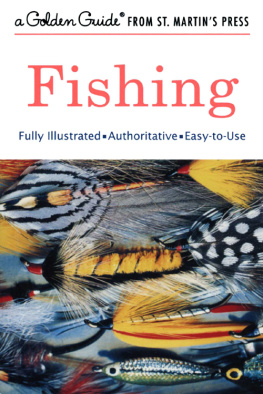
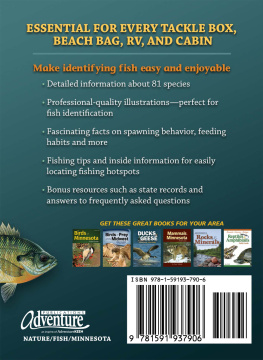

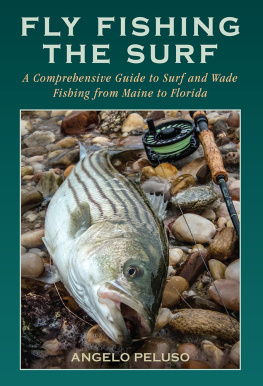
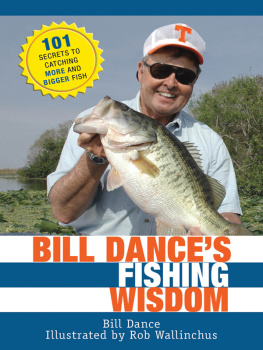
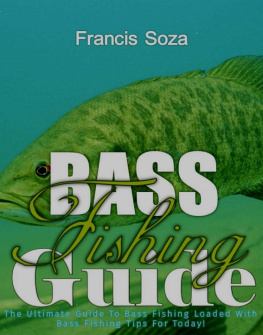
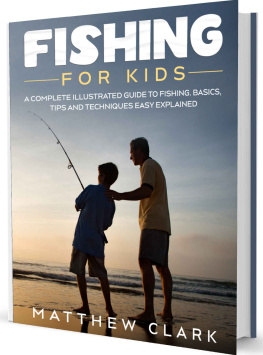
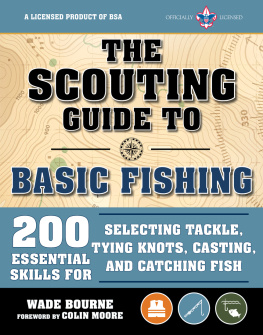
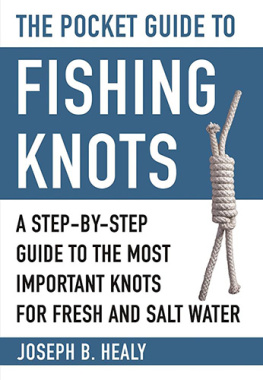
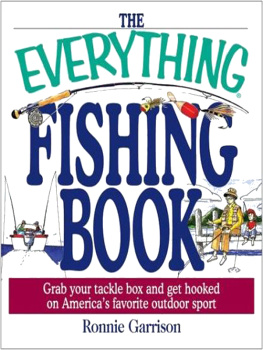
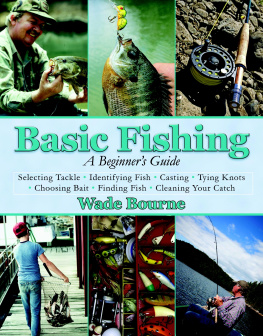


 New York
New York





